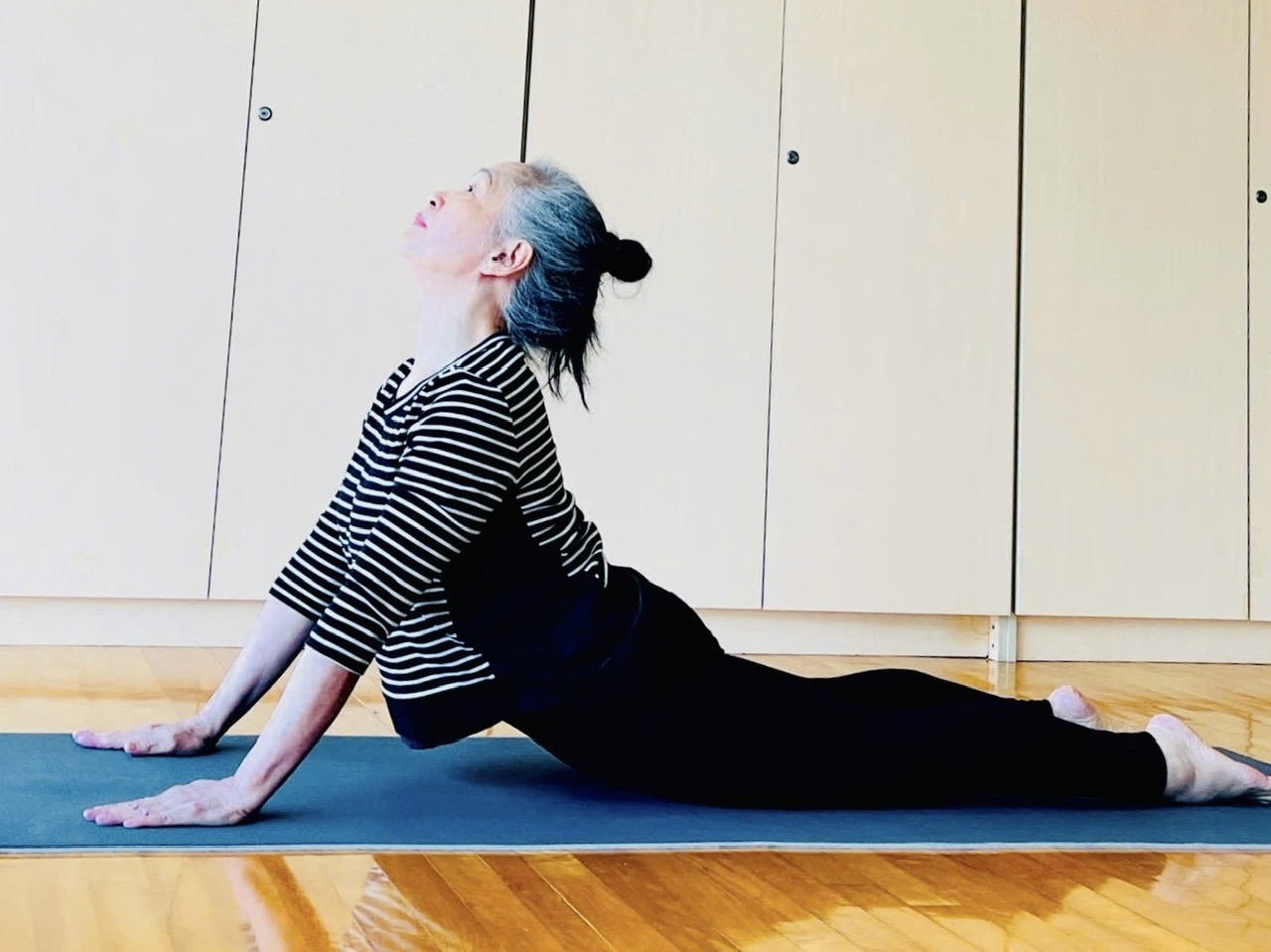 |
High uric acid causes sharp crystals to deposit in joints, leading to inflammation and discomfort. In addition to medication and a proper diet, regular exercise is a natural way to reduce uric acid in the blood. Some low-impact exercises also increase joint mobility, reduce inflammation, and are good for the heart.
Walking is a gentle, weight-bearing exercise that helps maintain joint mobility and improves cardiovascular health. Walking stimulates blood circulation, thereby reducing inflammation associated with gout, and helps control weight. Being overweight can increase uric acid levels and put pressure on joints.
 |
Swimming and water aerobics allow joints to move without pain, making them suitable for people with gout. These physical activities also improve kidney function, supporting the elimination and reduction of uric acid.
 |
Cycling, whether stationary or outdoors, strengthens the muscles around the knees, hips, and ankles, supporting joint stability. Cycling can help maintain a healthy weight and is a safe exercise for those managing gout.
 |
Yoga combines gentle stretching, strength building, and mindful breathing to reduce stress, a trigger for gout flare-ups. For example, the cobra pose helps improve kidney function, detoxify the body, and increase the elimination of excess uric acid.
How to perform the cobra pose:
Lie on your stomach with your hands under your shoulders and your elbows bent. Slowly lift your upper body while keeping your elbows close to your sides. Look up at the ceiling and hold the pose for 20-30 seconds.
 |
Tai chi is a slow, flowing martial art that focuses on controlled, careful movements and deep breathing. This low-impact exercise improves joint flexibility, muscle strength, and balance, reducing the risk of falls.
For people with gout, tai chi is a gentle way to maintain mobility and reduce joint stiffness without putting excessive pressure on affected joints.
Bao Bao (According to Times of India)
Images: Bao Bao, AI, Quynh Dung












